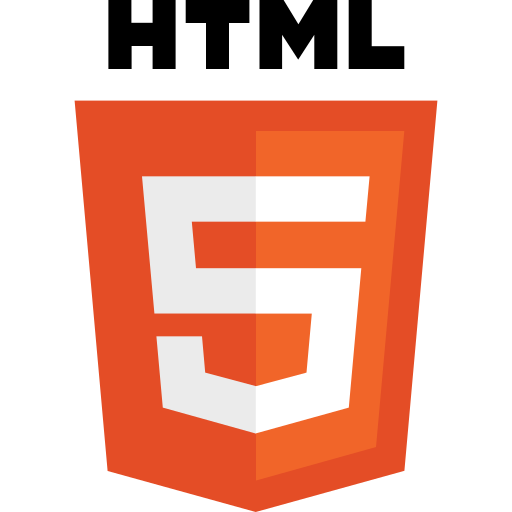-
<header>
The <header> tag contains the section heading as well as other content, such as a navigation links, table of contents, etc.
-
<nav>
The <nav> tag is used to declaring the navigational section in HTML documents. Websites typically have sections dedicated to navigational links, which enables user to navigate the site. These links can be placed inside a nav tag.
-
<section>
The <section> tag demarcates a thematic grouping of content.
-
<article>
The <article> tag is used to represent an article. More specifically, the content within the <article> tag is independent from the other content of the site (even though it can be related).
-
<aside>
The <aside> tag is used to describe the main object of the web page in a shorter way like a highlighter. It basically identifies the content that is related to the primary content of the web page but does not constitute the main intent of the primary page. The <aside> tag contains mainly author information, links, related content and so on.
-
<footer>
The <footer> tag in HTML is used to define a footer of HTML document. This section contains the footer information (author information, copyright information, carriers etc). The footer tag are used within body tag. The <footer> tag is new in the HTML 5. The footer elements require a start tag as well as an end tag.
